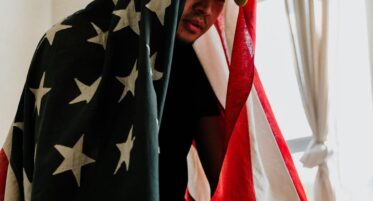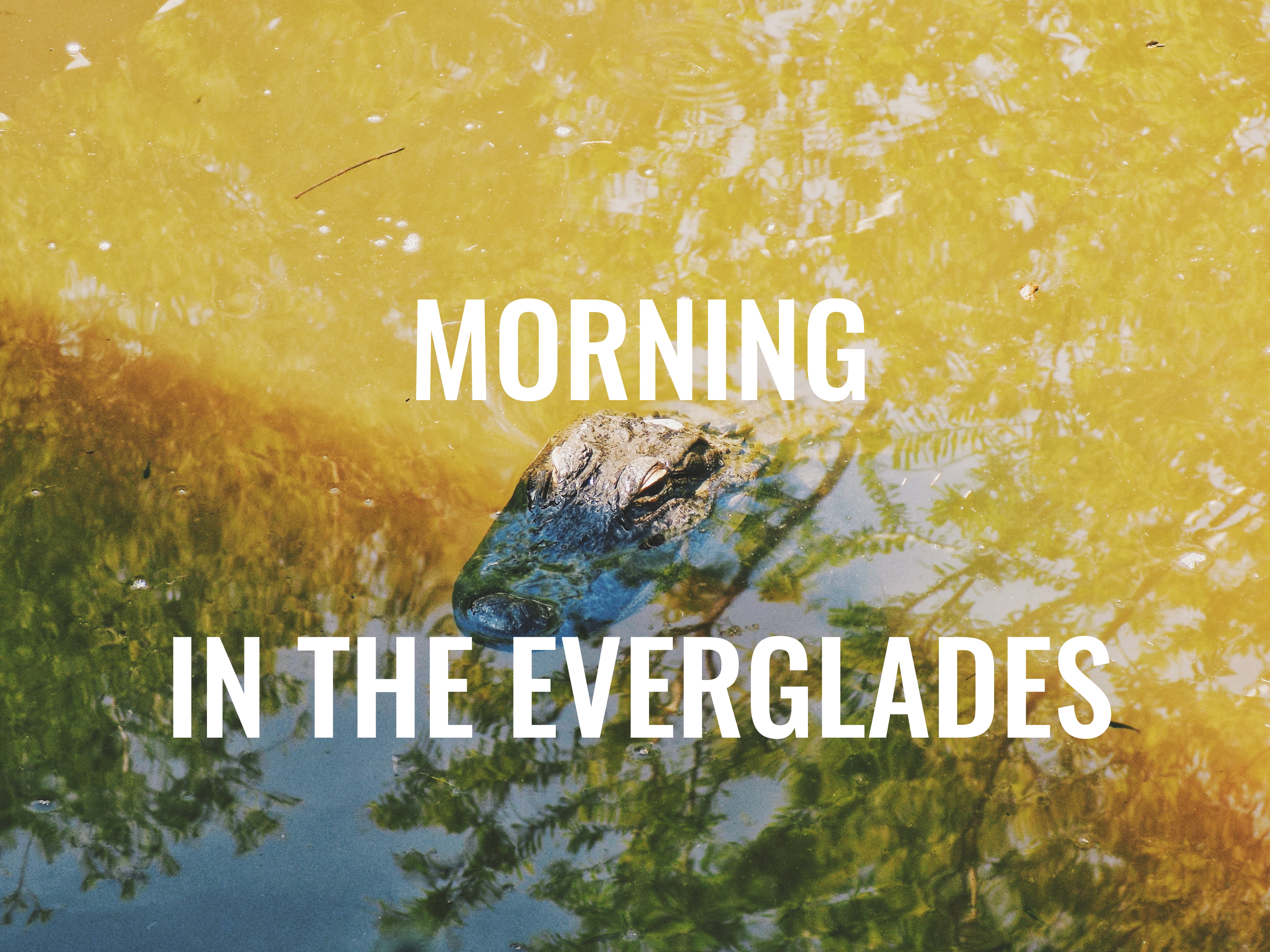
Prompt Images
“If the devil ever raised a garden, the Everglades was it.”
― James Carlos Blake, Red Grass River: A Legend
1. Gators
I don’t notice the alligator until the kayak is already pointed into the water. I am helping my wife’s cousin Nick gather oars and life preservers from the back of a Hyundai Ioniq. The car belongs to my father-in-law Brian, the guide who brought Nick and me out here to the Everglades.
The Everglades is the rather ambiguous term for an irregular swath of Southern Florida extending from Orlando, down a narrow strip along the Kissimmee River, to Lake Okeechobee, from which it widens to encompass everything between the Gulf to the west and the vast inland sprawl of the I-95 corridor to the east. A network of interlocking ecosystems that are fused in the popular imagination into a singular swamp encroaching on the paradises of Fort Lauderdale, West Palm, and Miami.
We’ve traveled 25 minutes from Marco Island, where Brian lives, to a patch of the aforementioned swamp that lies just miles away from Everglades National Park. It’s now around 9 A.M. The plan is to spend a few hours exploring and fishing, and then head back around noon. Nick is here on vacation but for me, this is technically a work day.
The gator floating in the canal beside us—its head barely breached so that all we can see are the eyes set high atop its wide brimmed snout—is not part of the plan. It’s not that I was hoping to avoid gators on our excursion. I came on this trip fully expecting to see a gator. But I was not expecting to be greeted by one. This feels like a violation of the service agreement, though of whose service I’m not sure.
Nick and I make some casual conversation, as if we are completely indifferent to the creature floating a mere 15 or 20 feet away from where we now stand. Brian tells us to put our boat in the water while he pulls the car and tiny plywood trailer further off the side of the road.
Suggesting that we wait until said water is free from apex predators is decidedly out of the question. I’ve seen my father-in-law stop a car in the middle of the road to pick up a rattle snake so that everyone in the car can get a closer look. A crocodile might give him pause, but not an alligator.
Nick and I take turns falling awkwardly backwards into our seats. This is best way, we’ve just been told, to keep the kayak from tipping over. Unfazed by our presence at the water’s edge, the gator stays perfectly still. It isn’t until we begin paddling that this living U-Boat finally submerges.
The water here is shallow, but it’s also opaque. Tinted brown by tannic acid leached from the mangrove trees that hem in this part of Southern Florida. As far as visibility is concerned, we may as well be floating in a river of Merlot.
That this gator is relatively “small”—meaning its closer to 6 to 8 feet as opposed to 15 to 20—is a mild comfort. A month later, on a trip to the Naples Zoo, I will see truly big alligators. I will hear one make a deep and terrible grunting noise, pneumatic in its forceful release. In comparison to those alligators, the one we’ve just encountered is diminutive. But it’s still an alligator. A beast that has had 37 million years to hone its hunting skills.
We practice paddling in circles as Brian finally slides his own boat into the water. His bright orange kayak sports foot pedals for paddling and a rudder for steering. Three long fishing rods jut out from the back. Cousin Nick jokes that uncle Brian has an entire Dick’s Sporting Goods on his boat. I laugh as we turn our kayak down the canal and follow our guide into a narrowing channel beset on both sides by thickets of mangroves.
2. Leaving Paradise
My wife’s parents have been living here on Marco Island for about a decade now. A few years back, they bought a rental house adjacent to their own in hopes of enticing their children and grandchildren (spread out as far and wide as Oregon and Switzerland) to make regular pilgrimages to Florida. We usually make several trips a year. This year we have decided to come for 5 months, the duration of my wife’s university sabbatical.
The island has just about everything you could want: sandy white beaches so wide that it takes 5 minutes to walk from boardwalk to shore; enough royal palms to frame every picture from any vantage point; an immaculate park with pristine shuffleboard courts, an enormous wooden play structure, and a splash pad for days when it’s too hot to swing; a decent Thai restaurant.
If you must leave the island, there are two ways off. If you are traveling with my mother-in-law Grace, odds are good you are headed north along Collier Boulevard across the Jolly Bridge. This way to shopping and fine dining in Naples, to the airport in Ft. Myers, to Costco. But if you are traveling with my father-in-law, odds are good you are headed east along San Marco Road and over the Goodland Bridge. This is the way to Big Cypress Preserve, Everglades City (population: 400!), and Everglades National Park.
Be warned that your final destination may not be known in advance. It is often selected by your intrepid guide on-the-fly in response to a curated questionnaire:
Do you have bug spray?
Are you more interested in fishing or exploring?
How much time do you have? An hour? A day?
How do you feel about spiders?
3. Spiders
Soon after setting off we are paddling through narrow passages in the mangroves, whose limbs grow into a bower above us. We arrive at a fork where the shallow channel splits in two. Brian tells us that he will try the channel on the left, but the tides are low and it may not be passable. If that’s the case then we must take the channel on the right, a route he’s already warned us about, having previously given it the inauspicious name: Spider City.
Within a couple minutes, we hear him call back that his kayak is stuck in the shallow water. We wait several minutes more until he reemerges at the fork and brace ourselves as we follow him into the channel on the right.
Spider City looks much like the narrow channels we’ve already passed through to this point, with two exceptions: the space is more confined owing to a greater density of branches, and every branch is overrun with spiders. Each time we collide with the branches a new stowaway is deposited onto our boat, our arms, our backs, or our heads. I find myself constantly reaching forward to brush a spider off of Nick’s back.
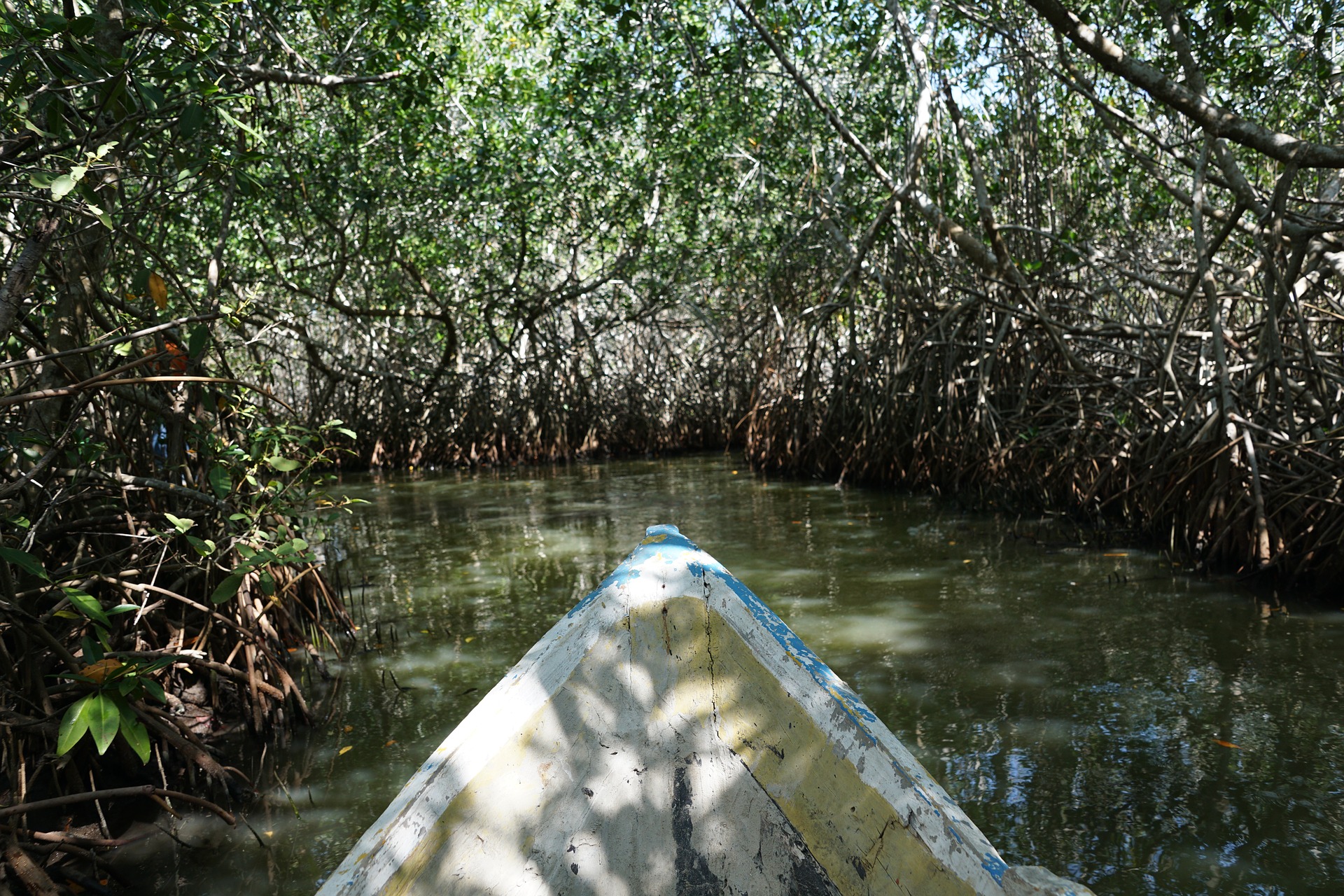
Okay, now picture a much, much narrower passage and spiders crawling on every branch.
As with the gator, these aren’t enormous spiders, so far as spiders go. They aren’t tarantular. But neither are they the sort of tiny little spiders that might evade notice. These spiders are large enough to evince a shriek from any homeowner not residing somewhere in Amazonia. Add to their modest size the fact that they are literally raining down on Nick and me, and this experience might easily serve as the worst nightmare for anyone with even a mild case of arachnophobia.
A few minutes later we’ve passed through Spider City and arrived at the first of the five “lakes” we have come to explore. Every few minutes we spot another spider that has yet to be cast off the boat. Brian casts his rod a few times. Nothing is biting, so we move on.
Between each lake we pass through a new gauntlet of limbs and roots. One of these, which Brian simply dubs “hell”, is so cramped that our paddles are essentially useless. Instead we resort to grasping at the limbs around us, pushing and pulling to prod our kayak forward, all while being constantly bayonetted by unyielding branches.
4. River of Grass
The beauty of the Everglades is admittedly an acquired taste. A trip to Everglades National Park will not provide quite the same breathtaking vistas as one could find in Yellowstone, the Grand Canyon, or Zion. The environmentalist and author Marjorie Stoneman Douglas best captured its more austere beauty when referring to its “green and brown expanse of saw grass and of water, shining and slow-moving below” as “a river of grass.”
A more evocative term than “swamp,” certainly, but hardly the sort of description you’d expect to lure droves of tourists down to Southern Florida.
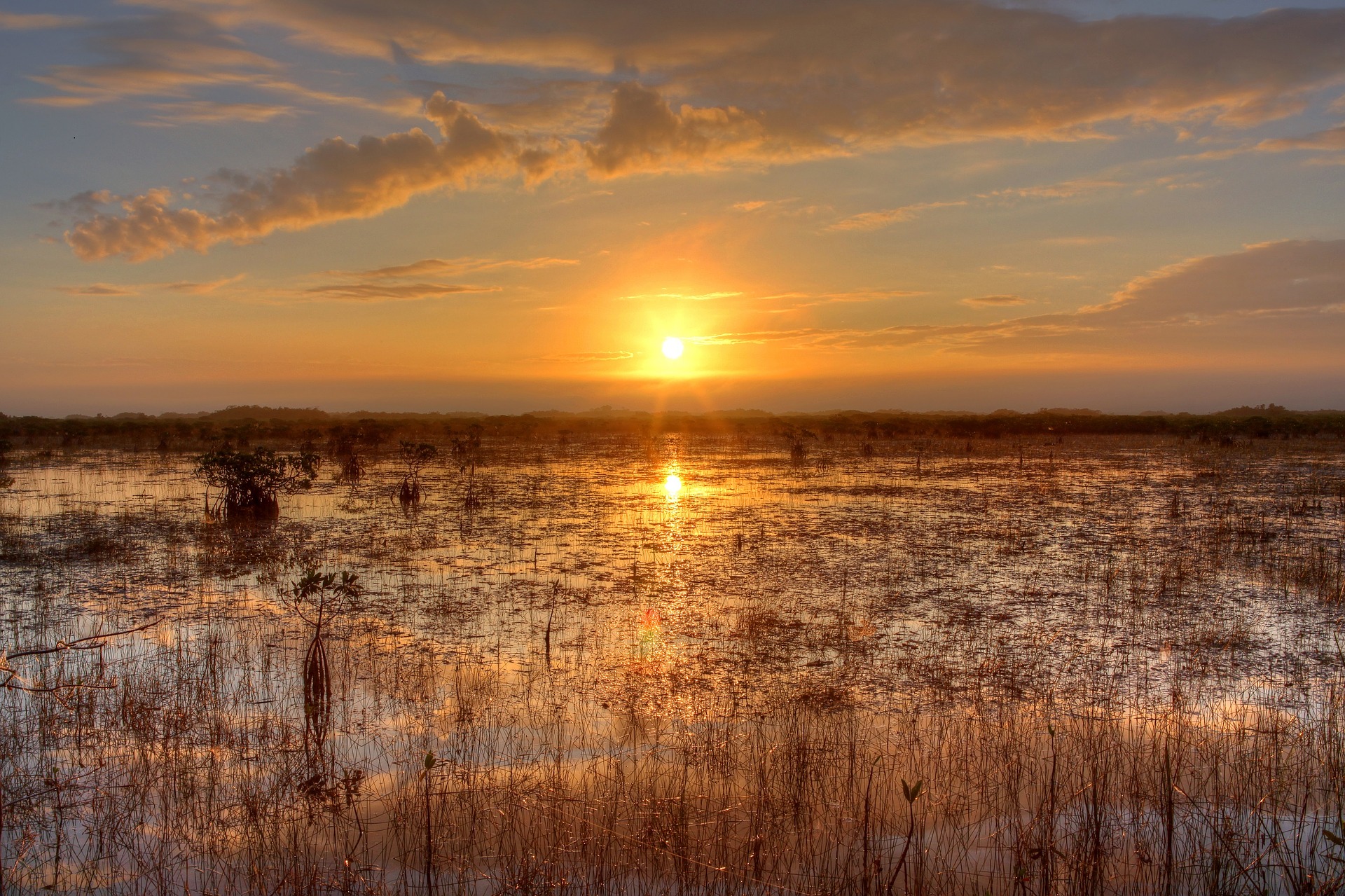
The everglades are the original non-binary landscape.
Still, its simple appearance belies a wildness that rivals anything else you could find in the Lower-48. In his fascinating book The Swamp: The Everglades, Florida, and the Politics of Paradise, the journalist Michael Grunwald captures this wildness perfectly, writing:
“The Everglades was the only place on earth where alligators (broad snout, fresh water, darker skin) and crocodiles (pointy snout, salt water, toothy grin) lived side by side. It was the only home of the Everglades mink, Okeechobee gourd, and Big Cypress fox squirrel. It had carnivorous plants, amphibious birds, oysters that grew on trees, cacti that grew in water, lizards that changed colors, and fish that changed genders. It had 1,100 species of trees and plants, 350 birds, and 52 varieties of porcelain-smooth, candy-striped tree snails. It had bottlenose dolphins, marsh rabbits, ghost orchids, moray eels, bald eagles, and countless other species that didn’t seem to belong on the same continent, much less in the same ecosystem.”
And this is to say nothing of the Everglades’ most recent emigre, the Burmese Python. This is a species of snake that can grow more than 20 feet long, that can eat an entire deer, and that is apparently, to any rational person’s horror, a “good swimmer.”
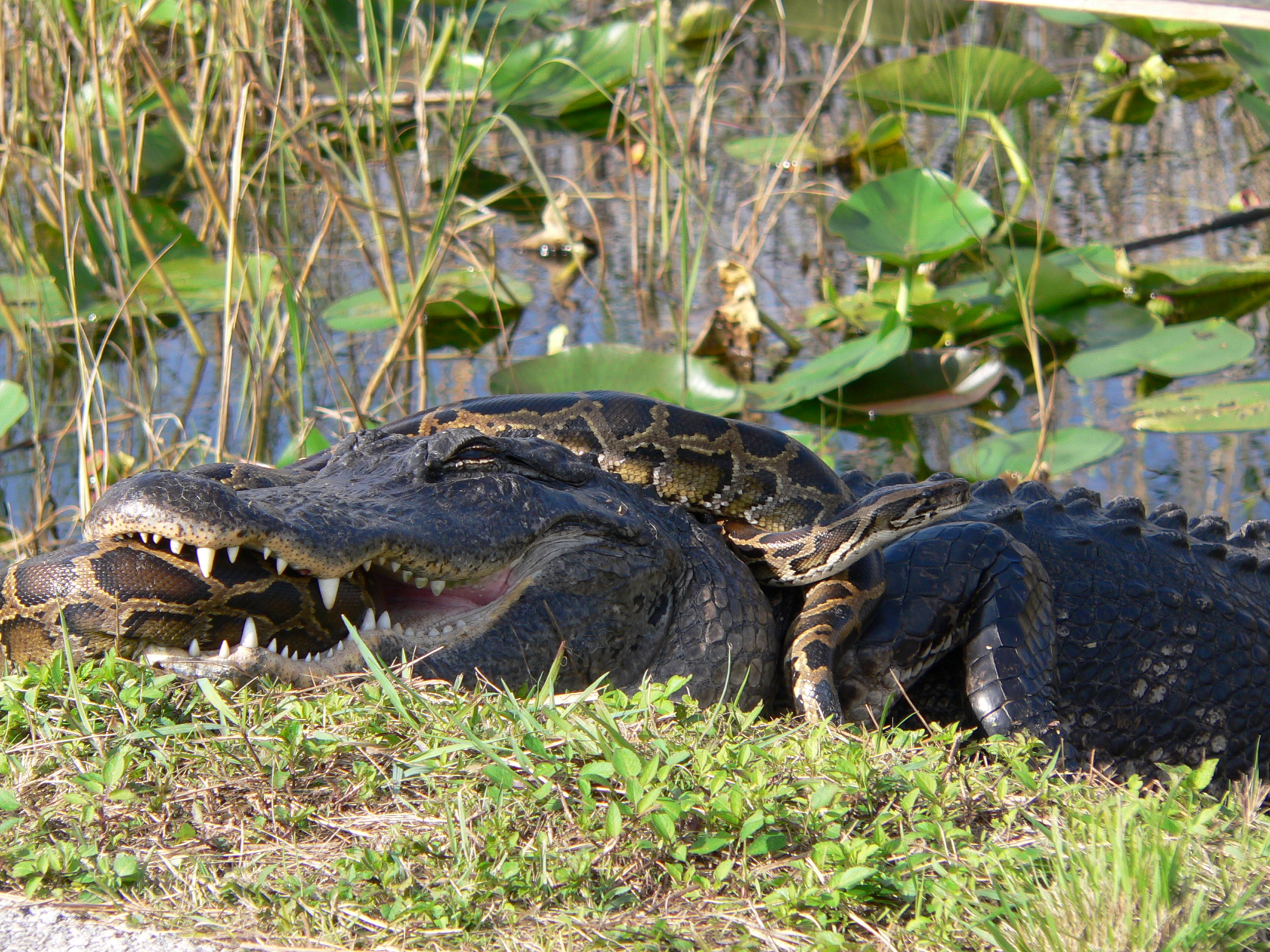
This is profoundly disturbing.
The more time we spend in Southern Florida the more I feel compelled to explore this wildness. Though mostly, I just sit around our rental house and do work, play with the kids, or go running on the beach. On rare occasions, I’m able to overcome my own inertia just enough to make it to the driveway where Brian is busy hauling kayaks out to the trailer.
5. Flying Fish
At the end of the final narrow passage, the last lake opens up like a gigantic meadow in front of us. Though we are only a couple miles away from the road where the car is parked, it’s easy to imagine for a few moments that we are the only people in the world. Before us are views that are more or less identical to what this region’s earliest inhabitants must have seen. Southern Florida before the Everglades were drained to make way for fields of sugarcane, orange groves, and the Magic Kingdom.
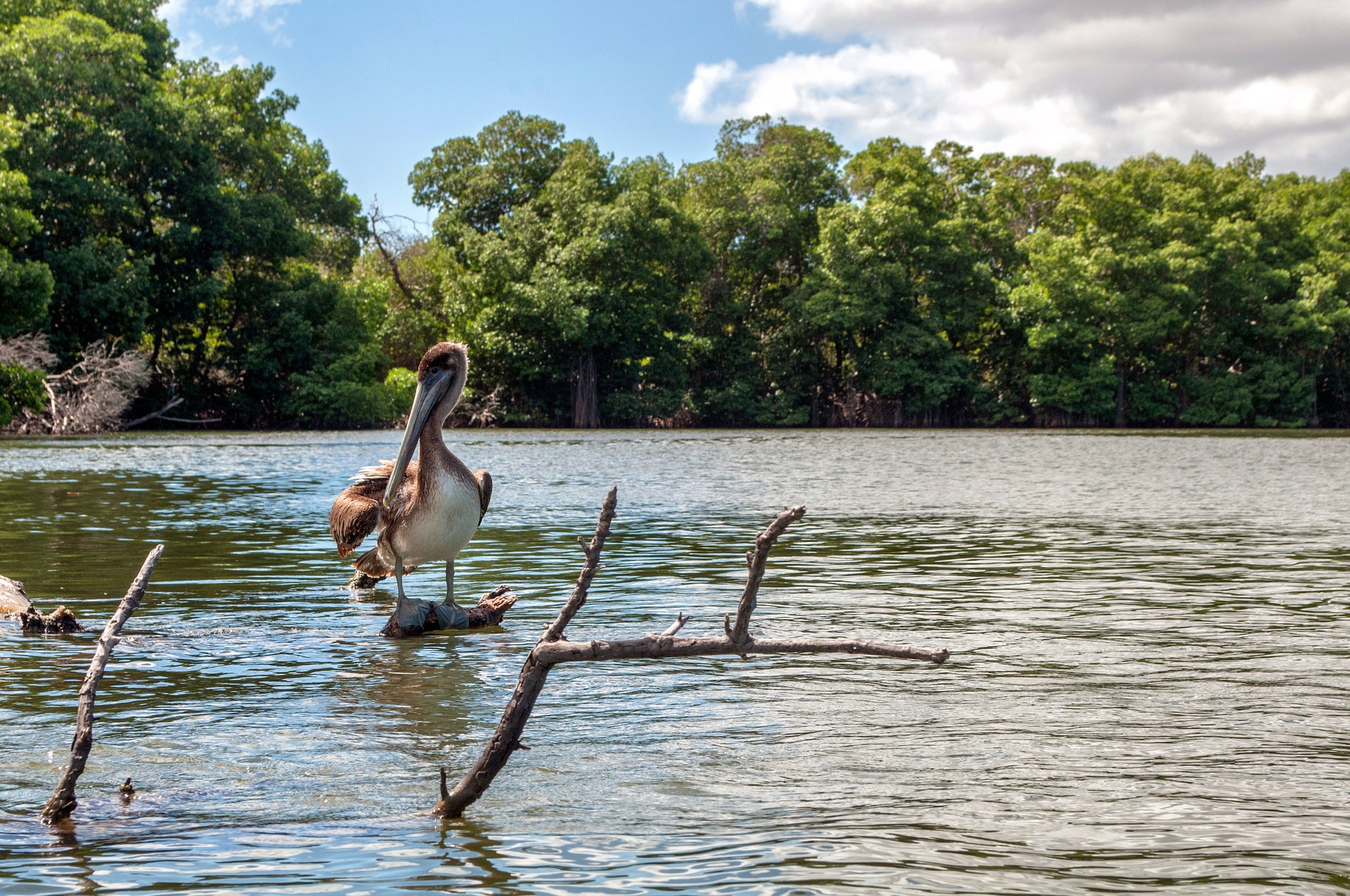
This is from Venezuela, but it’s more or less identical to the views you see kayaking through the mangroves in Southern Florida, right down to the pelican.
In this state of near isolation, I wonder how my father-in-law finds it so easy to paddle out to such remote places by himself. Confident enough in his own ability to find his way back through this self similar landscape.
A distant thumping against the water interrupts my thoughts. After looking around for a few moments, I hear it again, this time paired with a visual spectacle: a fish leaping several feet into the air and then landing broadside against the surface. A similar sound from elsewhere. As I swivel my head I realize that the entire lake is filled with these leaping fish.
These are mullet. A silver fish extending 1 to 3 feet in length. Brian explains that no one is sure why they leap. Sometimes it’s to escape predators, but they will also jump when no predators are around.
We cast our rods towards the nooks and crannies at the edges of the water. Nick reels in a Jack Crevalle, a handsome fish, which is the only fish anyone on our kayak will catch the entire morning. All the while, the mullet keep up their comical cavalcade in the background.
After a few more unsuccessful casts, we begin to make our way back—through the other four lakes—through “hell” and Spider City. Our entire trip completed in less time than it typically takes for me to drop off kids, shower, make coffee, and read through my inbox.
Back near the bridge where we started there are no signs of the gator who greeted us earlier. Without much ado, we load the boats onto the trailer and get back in the car.
We are, after all, expected back by lunch.


